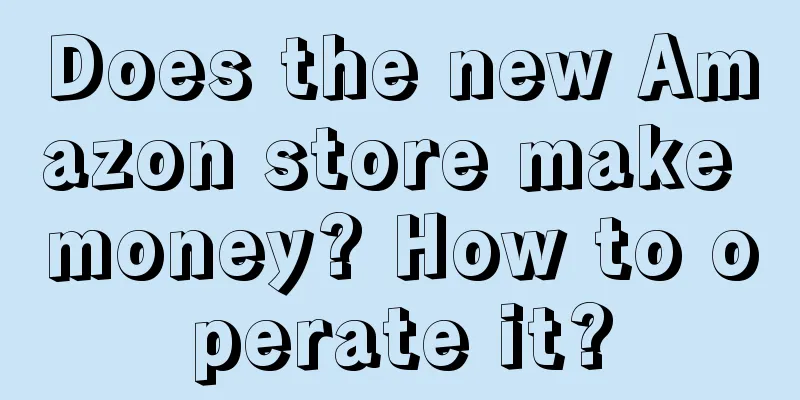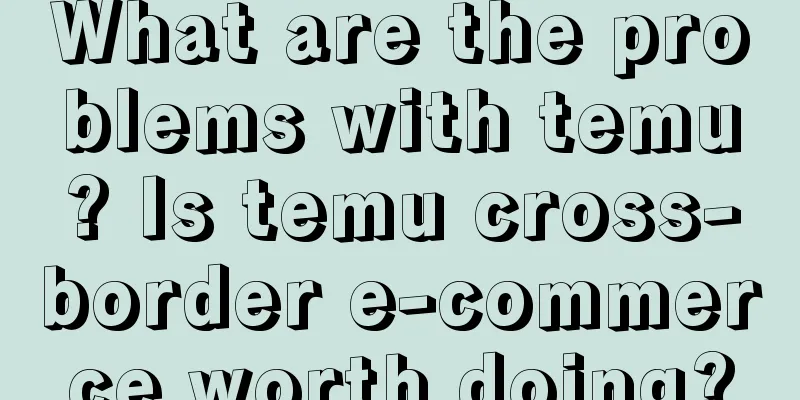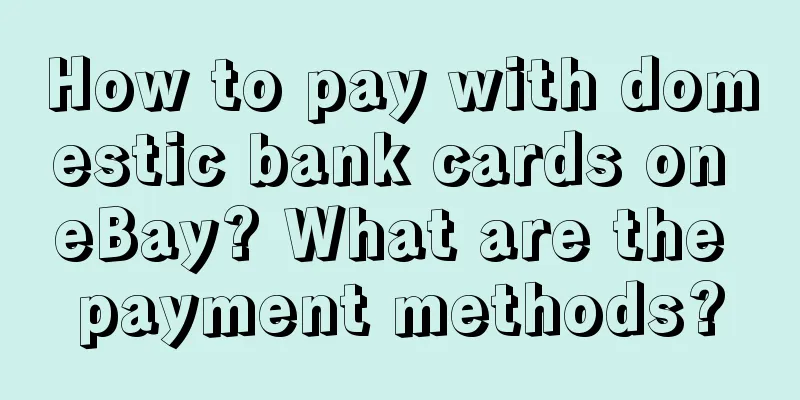If a startup brand wants to do well, “brand personality” is absolutely essential!

An excellent brand has a "personality" just like a celebrity. A personality is a label. With a brand personality, the brand's personality will be more distinct and easier to be remembered by the audience. In the current marketing era, the heat of social networking continues to rise. If a brand wants to break the circle, it must first integrate into the social circle. A good personality can help you integrate into the consumer group, deeply understand the consumer's psychology and thus narrow the distance with the consumer. Today, uBrand will use an article to explain to you what brand personality is, as well as the four dimensions of building brand personality. Let's take a look! 1. What is brand personality and its role?The word "personality" is familiar to everyone. It usually refers to the character setting, which can be regarded as a conceptual label that describes the appearance, personality, background story, etc., in order to create an attractive and memorable image. In simple terms, personality is a label that allows you to understand yourself and the consumer groups you are looking at to understand you. Brand personality is an extension of the 12 brand personality archetypes. The brand recreates it based on the 12 personality archetypes and according to its own brand personality, values, etc. A distinctive "personality" can become a unique label. In a scene area with social attributes such as the commercial market, it can break through the level of homogeneity, win the attention of the consumer group, and leave a deep impression on consumers through a series of scene creation centered on the personality, while gaining the favor of consumers. 2. 4 dimensions of brand personality creation1. Visual dimension – anthropomorphic brand logoIf you want to achieve personalized visual anchoring in the quickest way, the easiest way is to start with the brand logo and create an anthropomorphic logo design. There are many similar cases. Whether it is QQ’s little penguin, Mixue Ice City’s little snowman or Dedao’s owl, they are all anthropomorphic brand logos. Simply put, they use anthropomorphic animals or IP characters as logo icons, allowing consumers to see the brand’s IP image at a glance. When designing, we should also pay attention to the principles of minimalism, bright colors, and strong association. The visual image of the logo must be unique, not only for easy memorization, but also to deepen the user's impression of the brand. For example, in the Meao cat cafe logo design, in order to highlight the brand name Meao (meow), we can use a pattern of a cat holding a cup of coffee as the icon, and the image of a cute and moving cat who loves coffee comes to life on paper. 2. Language dimension - brand slogan and copywritingComplementing the visual dimension is the language dimension. Language anchoring not only refers to text, but also includes sounds, pictures and all other carriers that can convey information. Through the language dimension, we can accurately convey the information that the brand wants to display to users. The most direct way in the language dimension is the brand slogan. For example, Baishuishan’s "Baishuishan, the aristocrat among waters" and Nongfu Spring’s "We don’t produce water, we are just nature’s porters" both use highly expressive slogans to show their brand personality to the public. In addition, brands also need to design a special language system in order to show their unique style when communicating externally. For example, the liquor brand Jiang Xiaobai has been implementing a personality from its brand name to its marketing copy - a literary young man who loves life and is introverted. The heart-wrenching copy produced by its personality writes out the voices of many young people, such as: "Growing up is to mute your crying, and making a date for a drink is to turn your emotions to vibration." These insightful pain point copywritings make consumers empathize, but also make you feel that it is more than just a liquor brand. 3. Personality Dimension – Brand Values and BeliefsJust like people have three views, brands also need to maintain their values. The so-called brand personality mainly refers to the brand values and beliefs reflected in the brand creation process, which is often reflected in the brand's slogan. Personality anchoring can greatly enhance the brand's sense of involvement, allowing consumers to have a deep understanding of the brand connotation, thereby triggering users' potential consumption desires. At the same time, it should be noted that brand personality must keep up with the ideology of mainstream consumers in order to avoid being rejected by consumers. Do you remember the Balenciaga "clerk insulting China" incident in 2018? After the incident, although Balenciaga tried to continue to enter the Chinese market through earthy love marketing, it had little effect and is still being boycotted. On the other hand, Nike has always carried out the challenging spirit of "just do it" to the end. In 2012, Liu Xiang withdrew from the London Olympics again due to injury. Nike incorporated this hot topic into the "Live Greatness" series of campaigns. From the peak to the bottom, the brand core advocated by NIKE and Liu Xiang's experience were perfectly interpreted, which led to mutual achievement between the brand and the spokesperson. 4. Value dimension – the social value created by the brandThe "value" in the value dimension not only refers to commercial value, but also includes the social value created by the brand. The so-called commercial value refers to the product or service functions that the brand can provide to consumers, while the social value refers to what kind of contribution the brand can make to society, which is more reflected through public welfare means. The brand's commercial value and social value can complement each other and achieve each other, and it is best to achieve a win-win situation. For example, Ant Forest is a perfect example of how Alipay creates a win-win situation. Users can water the saplings in the platform's Ant Forest. When the watering reaches a certain level, the saplings will grow and they can apply to donate to the Alashan Foundation, which will then plant a real tree in the Alashan region. In this way, not only does it promote the activity of the platform, but it also advocates for environmental protection and low-carbon living, thereby adding a core value of social welfare to the brand and creating a brand personality that is willing to contribute. Source: uBrand Brand Assistant |
<<: "My Altay" Relaxing copywriting, my class freshener
>>: 5 steps and 3 key data to help you build a community operation data analysis system (Part 2)
Recommend
Xiaohongshu launches Dandelion low-gap marketing rules. What impact does it have on brands and bloggers?
On December 22, Xiaohongshu launched the Dandelion...
The four key words of 618: AI, low prices, refunds only and high return rates
This article mainly discusses the four key words o...
What does Shopee's delivery days mean? What are the requirements?
When operating a store on the Shopee platform, you...
From grabbing traffic to occupying minds, cracking the brand's Spring Festival marketing code
"The year is over with the sound of firecrack...
With 500,000 fans selling 30 million worth of goods, is Bilibili doing well again?
This article describes in detail the case of @Coco...
The young man "selling" in the live broadcast room: some people watch but no one buys
In the increasingly competitive live broadcast roo...
How do Shopee merchants bind their payment accounts? How can they modify the accounts?
In order to ensure that Shopee merchants receive p...
Short play Left Right 60 Days
In just 60 days, the short drama industry has ente...
What are the requirements for signing up for Amazon One? How to run a store?
Amazon store transactions have always been in a gr...
What is the use of Amazon's shopping cart? What are the conditions?
There are still some barriers to getting a shoppin...
10,000 words of practical information: User growth can be so simple (40 pictures)
I believe everyone may have had this feeling in th...
How to authenticate eBay videos? What should I do if eBay's cross-border authentication fails?
In the wave of Internet transactions, eBay, as a w...
Can I apply for a flash sale if I ship my own goods on Amazon? What are the benefits?
Amazon platform will launch some activities from t...
Can 1688’s anti-involution push down the “three mountains” weighing on merchants’ heads?
In the vast ocean of e-commerce, merchants are fac...
Finally, I talked about a male health blogger who sold over 3 million in a year.
In the field of health video bloggers, although mo...









